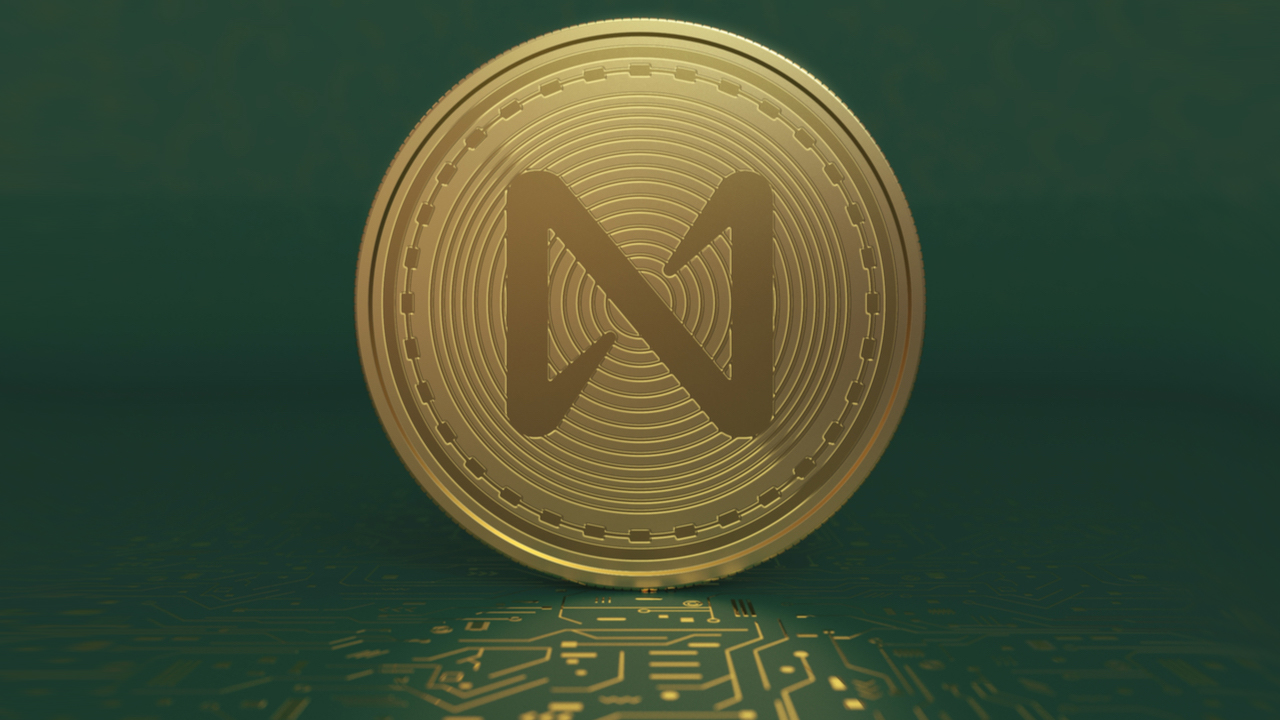
Monthly active developers across the crypto ecosystem fell 28% year-on-year in October, though some have managed to buck the trend.
Ethereum layer-2 scaling solutions Starknet and zkSync are among the few platforms to have increased their total monthly active developer counts over the last 12 months, data shows.
While Starknet and zkSync only recorded increases of 3% and 6% respectively, the likes of Ethereum, Polygon and Solana saw their counts fa by 23%, 43% and 57% respectively over the same timeframe, according to an updated developer report by Electric Capital, which provided data up to Oct. 1.
Total monthly active developers fell 27.7% from 26,701 developers to 19,279, reflecting a wider downward trend in developers over the last 12 months.

Chainlink, Stellar, Aztec Protocol and Ripple also increased their developer counts as of Oct. 1, though their total monthly active developers were lower than zkSync and Starknet.
StarkWare’s Starknet and Matter Labs’ zkSync are layer 2 solutions aimed at scaling Ethereum through zero-knowledge rollups, which have become a focal point in 2023.
Much of Starknet’s focus of late has revolved around its “Quantum Leap” — which went live in July. It can theoretically increase Ethereum’s TPS (transactions per second) from around 13-15 to 37 TPS consistently and up to 90 TPS in some cases.
Starknet and zkSync have also been working on zero-knowledge Ethereum Virtual Machine (zkEVM) solutions to further scale Ethereum throughout 2023.
Developers at zkSync have also been building a network of “Hyperchains” to create an ecosystem of interoperable protocols and sovereign chains as part of its zero-knowledge tech stack. The firm unveiled the solution in June and hope to have a working version of it by end of 2023.
Related: 48% fewer new crypto coders last year: Report
In a thread on X on Oct. 18, Electric Capital software engineer Enrique Herreros noted many of the departing active monthly developers were “newcomers” (less than one year), while the more “established” (more than two years) and “emerging” (one to two years) developers have remained relatively steady over the last 12 months:
“We can see a decrease of -58% in Newcomers, a moderate increase of +11% Emerging Developers and a slight increase of +5% Established Developers,” Enrique said.
.@electriccapital’s Developer October Update is here! This is a lighter weight update as we prepare for our annual report.
— Enrique ⚡ (@eherrerosj) October 18, 2023
We inspected 164M+ crypto commits to find:
• 19.3K monthly active open source developers as of October 1, 2023
• Developers have decreased -27% YoY
•… pic.twitter.com/bHyMHx29El
Enrique noted this is a cyclical trend where newcomers dominate the developer market during bull markets but then fall in numbers when prices begin to plummet.
Electric Capital typically obtains its data from code repos and code commits on open-source developer platform GitHub.
Magazine: Make 500% from ChatGPT stock tips? Bard leans left, $100M AI memecoin: AI Eye








